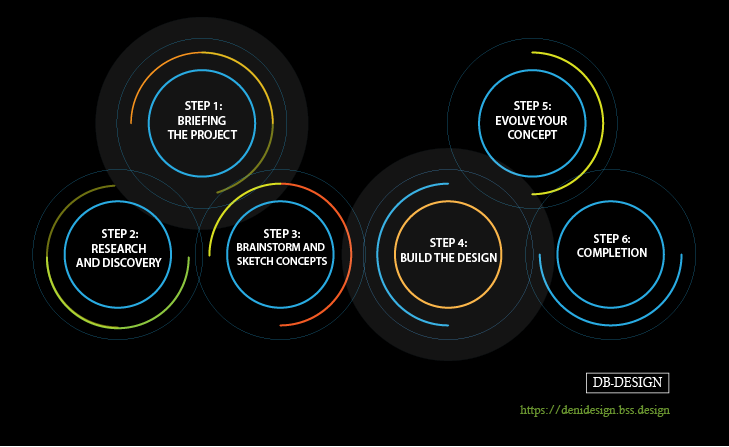DESIGNING FOR CHANGE: WHEN CREATIVITY BECOMES A MOVEMENT
 Denis Bozhinoski
Denis Bozhinoski October 12, 2025
Discover how design goes beyond visuals — it can empower, connect, and transform society. An inspiring story of Sofia, a designer who proves that creativity can change lives.
01
The spark
When Sofia moved to Berlin for her first design job, she imagined sleek offices, minimalist posters, and creative brainstorming over coffee. But what changed her life wasn't a trendy project—it was a small, ordinary moment with an extraordinary ending.
One thrilling rainy morning, she noticed an elderly man struggling with the city's ticket machine. His fingers trembled as he tried to read the small digital screen, raindrops blurring the text. People hurried past him. Sofia didn't, and an idea was born.
That rainy evening, she sketched ideas on her tablet—bigger icons, clearer typography, a simple flow. What if design could eliminate this daily frustration? Not for the clients. Not for the awards. But for him—and for everyone like him.
02
The Process of Empathy
Sofia’s side project grew into a community challenge. She began visiting bus stops, interviewing elderly users, and testing early prototypes with them. The feedback was honest, sometimes hard-hearted, but always human.
She realized that real design starts when we stop designing for screens — and start designing for lives.
Her redesigned interface was soon adopted by the local transport authority. Within months, thousands of people were using it effortlessly.
Her name never appeared on the final product, but Sofia said something that defined her career:
If I can make one daily struggle invisible, then I’ve already designed change.
03
The Ripple Effect
Design stories like Sofia’s aren’t rare — they’re just rarely told.
There’s Maya in Lisbon, redesigning packaging for the visually impaired.
Jonas in Copenhagen, building community benches where strangers start conversations.Leila in Paris, creating digital tools for refugees to find language partners.
These are not grand revolutions — they’re quiet shifts in how we see one another. And that’s where social design begins: in the intersection between empathy and creativity.
04
The Deeper Message
Very frequent, design is seen as surface — something to make things look better.
But when you look deeper, design is a form of care.
It organizes chaos. It gives voice to the unheard. It translates human need into human experience.
“Every time we make a system easier to understand, we give people back their confidence.”
In that sense, design is not just creation — it’s healing through creativity.
05
The Call to Designers
If you’re a designer reading this, here’s the invitation:
Look around. Listen attentively.
Ask new questions.
Ask where confusion lives — and design clarity.
Ask where people feel invisible — and design belonging.
Start where you are. Redesign something broken.
Design for people who are too often left out of the conversation.
You don’t need permission to start.
All it takes is one observation, one sketch, one act of empathy.
Because the future isn’t built by those who design for perfection — it’s built by those who design for connection.
06
Closing Thought
The next time you open your sketchbook or design a new interface, remember Sofia’s rainy morning at the bus stop.
One small act of empathy reshaped a city’s experience.
Design isn’t decoration — it’s dialogue.
And through that dialogue, we design the world we want to live in.





